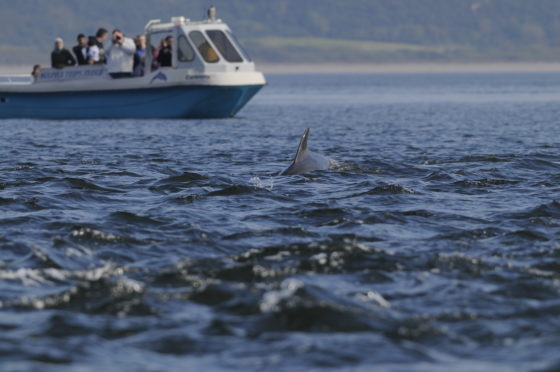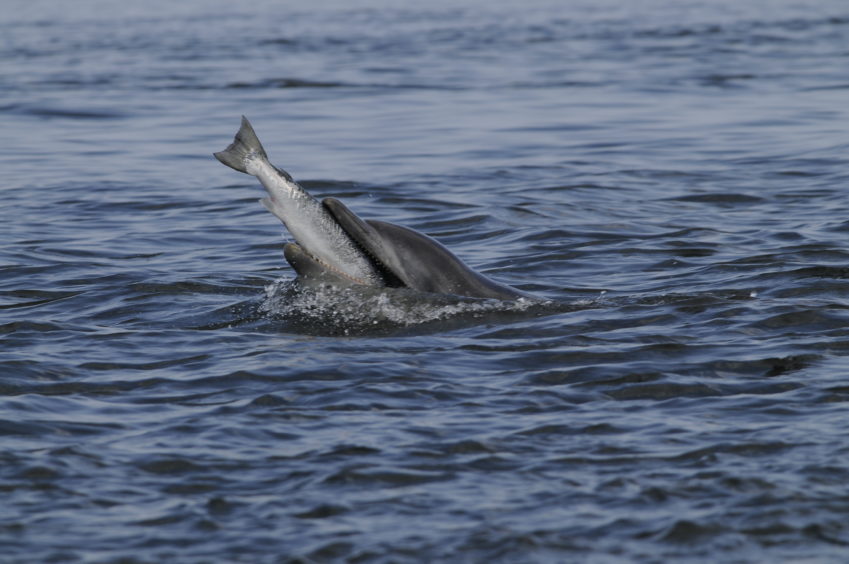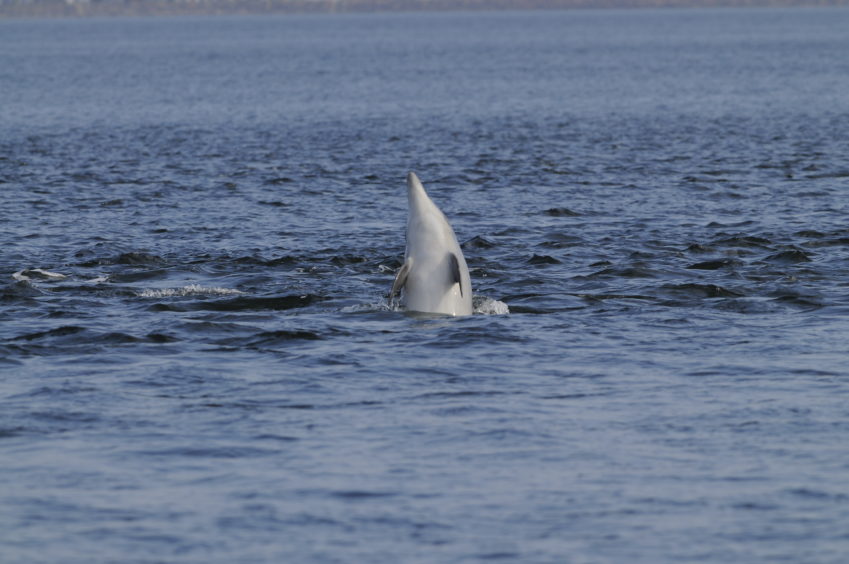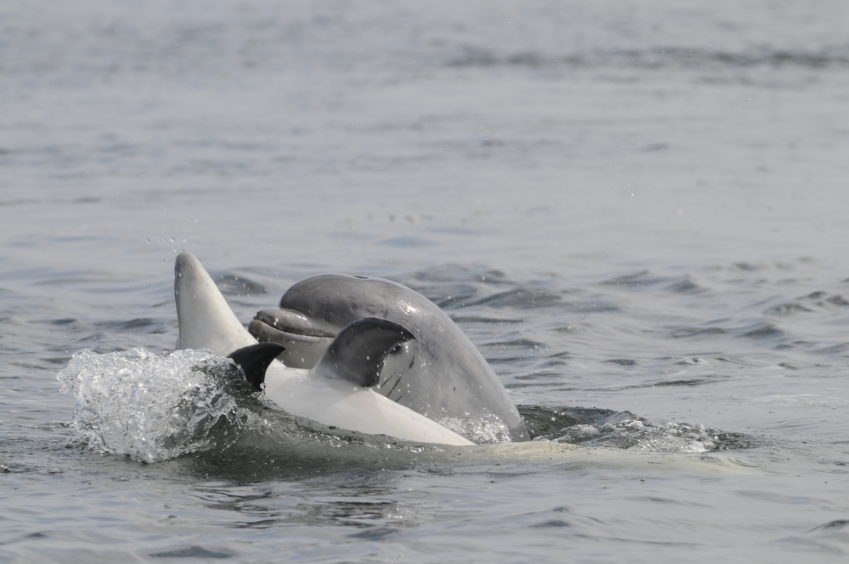A marine wildlife tourism study, designed to shape the management methods of projects across Scotland, will use the Moray Firth as its primary focus.
The initiative, on behalf of the Scottish Government, will evaluate how marine wildlife tourism is currently managed across the globe, before recommending practical proposals that could be applied across Scotland.
A Scottish Government spokeswoman said: “Scotland’s natural environment and our wildlife are cherished assets that need to be both protected and carefully promoted.
>> Keep up to date with the latest news with The P&J newsletter
“The research project out to tender will explore how marine wildlife tourism is managed around the world at present, and recommend methods which could be best applied in Scotland.
“It will use the Moray Firth – home to Scotland’s main population of bottlenose dolphins – as a case study as there is ongoing commercial dolphin-watching in the area.
“The findings will form part of future discussions with operators and other stakeholders to determine whether a new management approach should be implemented in the Moray Firth or elsewhere.”
Thousands of visitors flock to the Moray Firth each year to capture a glimpse of the vast wildlife on display, with particular hot spots including Chanonry Point between Fortrose and Rosemarkie on the Black Isle, where dolphins are known to travel to in search of food.
Fiona Manson, a marine ecologist for Scottish Natural Heritage, said: “The Moray Firth Special Area of Conservation is an extremely important place for the world’s most northerly bottlenose dolphins and a large proportion of the local population use these waters all year.
“The dolphins can be regularly seen feeding at Chanonry Point and attract visitors from around the world, making an important contribution to the economy. Marine recreation and tourism in Scotland is estimated to boost our economy by £3.7bn a year.
“At SNH, we are focused on supporting sustainable tourism development through a range of initiatives, such as our recently updated Scottish Marine Wildlife Watching Code, which helps to ensure a great experience for both the visitors and the animals.”
Tenders are invited to apply for the contract, which is due to last for five months, prior to the closing date on March 19 at 12pm.



